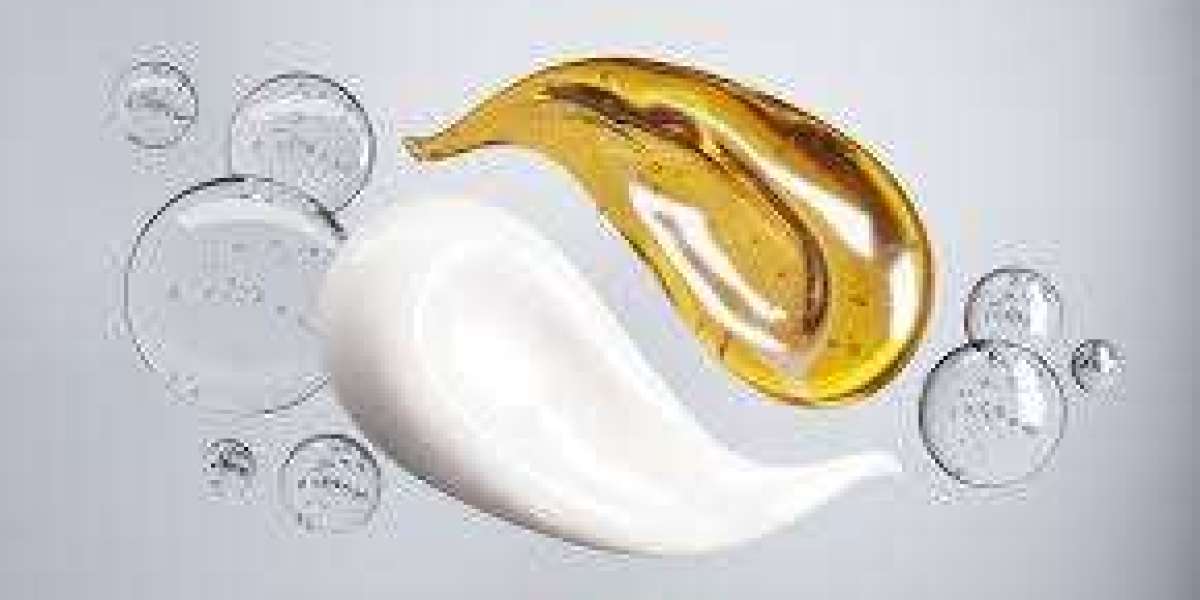The emulsifiers and co-emulsifiers market is positioned for substantial upside as three structural forces reinforce demand: the shift to clean-label ingredients, advances in biotech production methods, and broad-based regional expansion in processed foods and personal care. Unlike cyclical additives, emulsifiers create functional value that is deeply embedded in product performance—controlling dispersion, stabilizing fat–water interfaces, and delivering the sensory profiles consumers expect in bakery, dairy alternatives, sauces, creams, and drug suspensions. This essentiality, coupled with stronger consumer scrutiny of labels, points to durable multi-year potential.
Demand-Side Catalysts
Rising consumption of convenience foods, protein-fortified beverages, and dairy alternatives is expanding the total addressable market. In bakery and confectionery, emulsifiers improve aeration, crumb softness, and bloom resistance, enabling longer freshness and reduced waste. In plant-based milks, cheeses, and yogurts, they deliver creaminess and phase stability without animal-derived inputs—crucial for vegan and lactose-averse segments. Personal care adds consistent incremental demand: lotions and serums rely on co-emulsifiers to maintain droplet size distribution and prevent separation across temperature swings. Pharma and nutraceuticals, meanwhile, require emulsifiers to enhance solubility and bioavailability, particularly for lipophilic actives in oral suspensions and topical systems. The breadth of these uses lowers category risk and supports recurring, specification-driven purchases.
Clean-Label and Naturalization Tailwinds
Clean-label reformulation is accelerating replacement of synthetic agents with plant-based, fermentation-derived, or enzymatically modified options. Sunflower and soy lecithin, mono- and diglycerides from sustainable oils, and organic-compliant systems are moving from niche to mainstream. This shift expands value per kilogram—brands pay premiums for ingredients that satisfy both performance and perception. It also encourages supplier innovation in “multi-benefit” emulsifiers that combine stability with claims such as non-GMO, allergen-free, or organic, further enlarging the profit pool.
Biotech and Process Innovation
Biotech-enabled production—enzymatic interesterification, precision fermentation, controlled hydrolysis—unlocks tailored HLB ranges, improved dispersibility, and better heat/acid tolerance. These advances raise the ceiling of what formulators can do in complex matrices (high protein, low fat, reduced sugar) without compromising sensory benchmarks. Importantly, bioprocessing reduces variability tied to crop cycles and can decarbonize manufacturing when paired with renewable energy, reinforcing long-run supply security and ESG alignment—key criteria for multinational CPG and beauty companies.
Regional Expansion and Premiumization
Asia-Pacific presents the strongest volume potential as urbanization, modern retail, and cold-chain reach expand. Bakery and ready-meal penetration is still climbing, and local brands are stepping up quality to compete with global entrants—directly raising emulsifier intensity per SKU. In Latin America, confectionery and dairy-based beverages remain growth pockets, while the Middle East & Africa see demand for longer-shelf-life staples suitable for hot climates and fragmented distribution. In mature regions (North America, Europe), the growth mix tilts toward premiumization—organic-certified, allergen-controlled, and claim-rich emulsifier systems command higher margins even as volumes remain steady.
Portfolio Specialization and Partnering
To capture the potential, suppliers are segmenting portfolios by application and claim set: bakery softness systems; plant-based dairy texturants; low-pH beverage stabilizers; cold-process cosmetic emulsifiers; pharma-grade excipients with compendial coverage. Co-development with brand owners shortens time-to-formulation and creates sticky specifications that secure multi-year contracts. Distributors add value through application labs and regulatory support, helping smaller and regional brands adopt cleaner systems without losing performance.
Risk Management and Resilience
Feedstock volatility (sunflower, soy, palm fractions), logistics disruptions, and evolving additive regulations remain constraints. Leading players are responding with diversified oil sourcing, identity-preserved supply chains, and vertically integrated or toll-manufacturing footprints across regions. Digital quality tracking and batch analytics reduce variability, while dual-sourcing critical SKUs safeguards customer service levels.
Strategic Implications
The market’s potential is highest where performance requirements intersect with claim intensity—plant-based foods, functional beverages, dermocosmetics, and advanced drug delivery. Companies that invest in biotech routes, clean-label certification, and regional application support will outgrow the category average. Expect continued M&A as ingredient majors acquire niche innovators to expand modality (fermentation biosurfactants, protein-polysaccharide complexes) and add regulatory depth.



